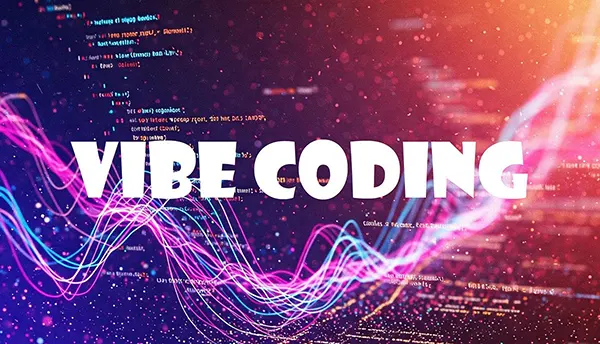
How to Make Money with Memes: Creating Viral Visuals and Selling Them through AI-Powered Shops
Monetising memes has transformed from a niche internet joke to a viable online business. By leveraging creativity and AI tools, individuals now have the power to create viral content and sell it in digital marketplaces designed for visual art. This guide explains how to turn humorous or eye-catching imagery into a revenue stream through AI-enhanced platforms.
Creating Viral Memes: Tools, Trends and Strategy
Memes thrive on relatability, timing and a clear visual punchline. To make them go viral, creators need to stay aligned with cultural trends while delivering something unique. Tools such as Canva, Adobe Express, or meme-specific apps like Meme Generator or Kapwing provide easy ways to edit templates and build visually engaging content with minimal effort.
Understanding meme formats is crucial. Whether it’s an image macro, deep-fried meme, or video short, each has a context and community. Use Reddit’s meme subreddits, Twitter trends, or TikTok comments to research what’s currently resonating with audiences. Once a format is chosen, focus on storytelling within the image, combining emotion, irony and exaggeration to boost shareability.
Timing is everything. Posting during relevant news cycles or trending social topics significantly increases the chances of virality. Use AI tools like ChatGPT for caption suggestions or DALL·E and Midjourney to generate surreal visuals that might catch on due to their absurdity and uniqueness.
Design Principles and Audience Appeal
To ensure mass appeal, your memes must be instantly understandable. Use clear fonts, uncluttered layouts and minimal text. The average viewer decides in under two seconds whether to engage with a post, so clarity matters more than cleverness.
Targeting specific demographics can further improve performance. For instance, memes related to student life perform well on Instagram, while political satire thrives on Twitter. Use engagement analytics on these platforms to fine-tune your content strategy over time.
Finally, refine your aesthetic. Whether you go for minimalist humour or chaotic Gen Z style, consistency will help you build a recognisable meme brand. Creating a signature visual style improves recall, and fans may follow your work more actively across different platforms.
Using AI Marketplaces to Sell Memes
Monetising memes has become easier with the rise of AI-powered print-on-demand shops and digital asset marketplaces. Platforms like Redbubble, Zazzle, and Teespring allow creators to upload meme graphics and sell them on items like T-shirts, mugs, stickers, or phone cases. For NFTs, OpenSea and Rarible remain prominent options for trading meme-based art.
AI tools can speed up production. For example, Firefly AI by Adobe can automate background generation or style replication. Meanwhile, platforms like Printify or Gelato integrate directly with eCommerce sites, letting you drop-ship meme merchandise without handling logistics.
Success in these marketplaces depends on SEO, consistency, and niche targeting. Use trending keywords in your titles and tags, ensure high-resolution uploads, and follow copyright rules when using popular characters or references. Originality is key to standing out.
Legal Considerations and Copyright Awareness
While memes often parody existing works, legal grey areas abound. Using copyrighted images—even in jest—can result in takedown requests or bans on platforms. To stay compliant, create original visuals or use royalty-free resources like Unsplash or Pixabay.
Fair use doctrine offers some protection for satire, but it’s not guaranteed. Especially in commercial settings like selling T-shirts, it’s safer to avoid recognisable trademarks. AI-generated art is less risky here, as the images are typically unique and not derivative.
Always check licensing terms before uploading memes to marketplaces. Each platform has its own rules, and violation can lead to permanent account suspension. If you’re unsure, consult a legal professional familiar with intellectual property and digital media.

Building a Meme Brand and Growing Revenue
To turn meme creation into a steady income, treat it as a business. Set up a consistent content calendar across social media, maintain a brand voice, and interact with your audience. Creating a presence on Instagram, TikTok, and X (formerly Twitter) increases your visibility and potential buyer base.
Collaborations with influencers or meme pages can further grow your reach. Consider cross-posting or running giveaways with partners who share your target audience. This not only builds credibility but also brings more traffic to your AI-powered shop.
Track your performance using analytics from Instagram Insights, TikTok Analytics, or third-party tools like Buffer and Hootsuite. Knowing which memes drive the most traffic or sales helps you refine your approach and scale your success.
Revenue Channels and Automation Tools
Besides selling merchandise, explore additional monetisation paths. Use Ko-fi or Patreon for donations, or launch a meme-themed newsletter with Substack to gather a paying subscriber base. You can also license popular memes to media agencies for campaigns.
Automate parts of your business with AI-powered scheduling tools like Later or Metricool. These platforms allow you to auto-post content, optimise timing, and even A/B test headlines. This saves time and keeps your brand consistently active.
Ultimately, combining creativity with strategic automation creates a scalable meme business. With minimal startup costs and the right digital tools, anyone can turn laughter into a livelihood.



